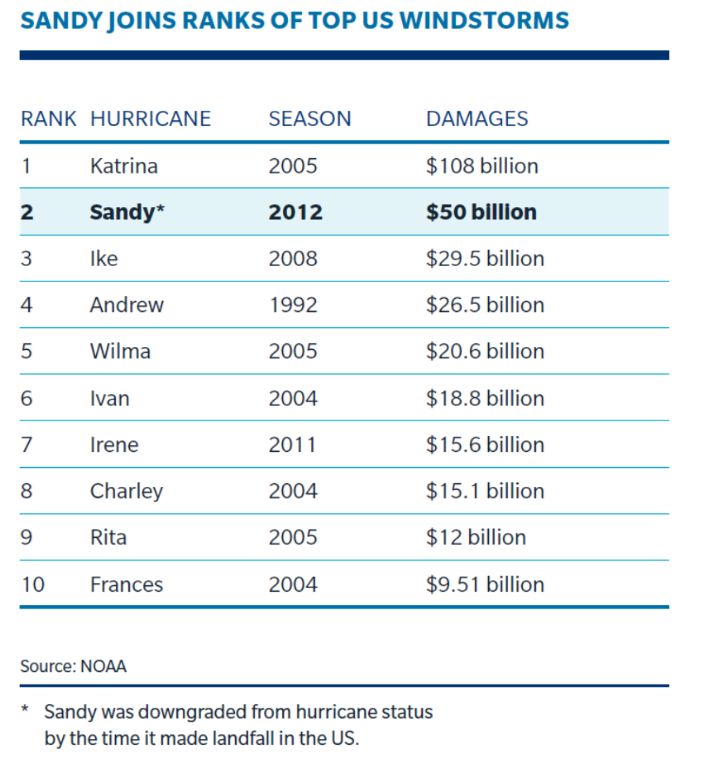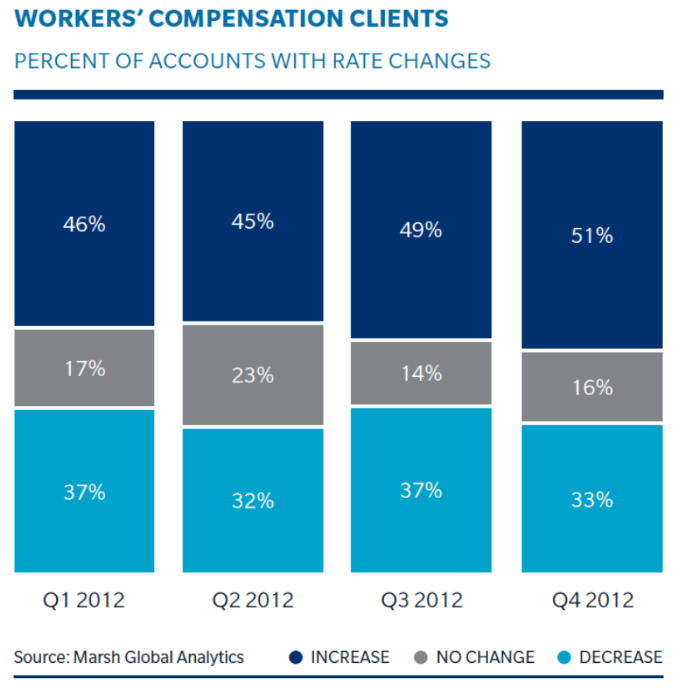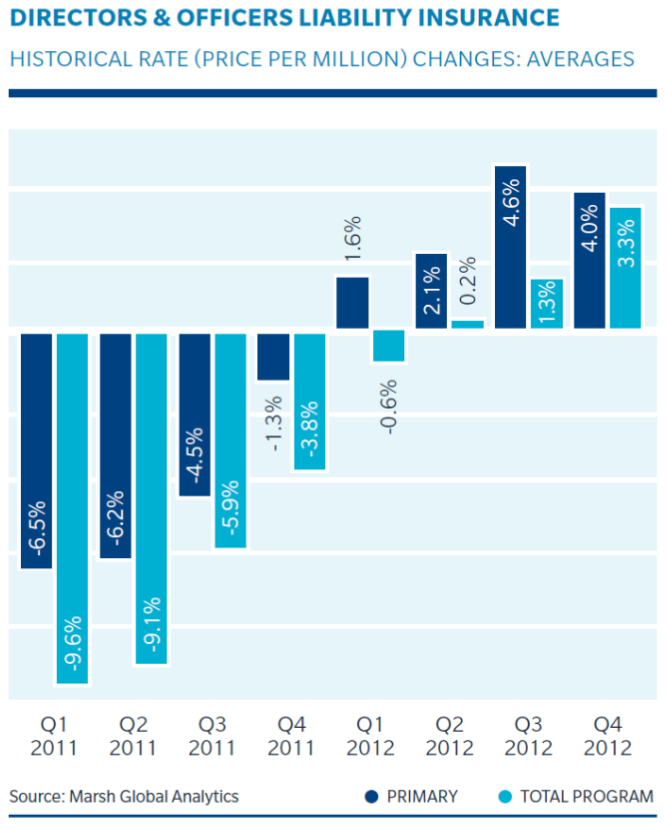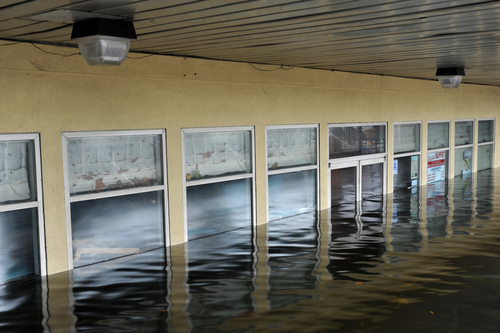The House Financial Services Committee has released its oversight plan for the 113th Congress. This is a nonbinding plan that each standing committee must submit at the start of each new legislative session spelling out the committee’s agenda for the session.
While much of the House Financial Services’ plan includes review of Dodd-Frank implementation and other banking related issues, it also includes three issues of importance to risk management: extension of the Terrorism Risk Insurance Act (TRIA), the National Flood Insurance Program (NFIP) and the Federal Insurance Office (FIO).
On TRIA:
“The Committee will examine the private sector’s capacity to assess and price for terrorism risk. The Committee may also consider proposals that would phase out the Terrorism Risk Insurance Program by encouraging private industry to develop dedicated capital for underwriting terrorism risks, and significantly reducing the potential Federal exposure and participation in terrorism insurance over time.”
TRIA is set to expire on December 31, 2014 with many in the industry, including RIMS, pushing for an extension of the program to 2019. The committee’s plan signals that the fight for an extension will not be an easy one.
On the NFIP:
“The Committee will monitor the implementation of the Biggert-Waters Flood Insurance Reform Act of 2012, paying particular attention to the reforms that encourage more private sector participation in the flood insurance market. The Committee will also review and consider further reforms to the National Flood Insurance Program with the goal of ending taxpayer bailouts of the program and transitioning to a private, innovative, competitive and sustainable flood insurance market. Since 2006, the GAO has designated the NFIP as a high-risk program because of its potential to incur billions on dollars in losses and because the program faces serious financial, structural, and managerial challenges.
buy flexeril online www.tvaxbiomedical.com/scripts/css/flexeril.html no prescription pharmacyDue to extraordinary losses incurred following the hurricanes in 2005 and Superstorm Sandy in 2012, the program carries a debt of well over $20 billion as of January 1, 2013.”
The debate over the NFIP, which many assumed was settled in 2012, was renewed following the destruction caused by Superstorm Sandy. Committee Chairman Jeb Hensarling (R-TX) has expressed his opposition to the NFIP in the past so it comes as no surprise that the committee plans to continually review the program’s viability and sustainability.
On the FIO:
The committee’s plan also scrutinized the FIO for missing deadlines on several reports to Congress related to the insurance industry. The FIO is being urged to release “these long overdue reports without further delay.” Two of the more anticipated reports include recommendations to modernize and improve the insurance regulatory system and a report on the global reinsurance market.
Treasury Department Under Secretary for Domestic Finance Mary Miller recently testified before the Senate Banking Committee that the modernization report would be released soon and that the FIO will be releasing other reports in the coming months.
It’s going to be a busy legislative session.






